Understanding King-Sized Mattress Protector Dimensions
Standard King Size Measurements Explained
A standard king-size mattress measures 76 inches wide and 80 inches long, creating a need for protectors specifically designed to cover these dimensions effectively. This ensures that the protector fits snugly over the mattress without slipping or wrinkling, thus offering the best protection against damage. Most manufacturers provide detailed information about the dimensions of their mattress protectors, enabling customers to choose the correct product for their bed and avoid common sizing mistakes. Researchers stress the necessity of accurate sizing, noting that ill-fitting protectors may lead to discomfort due to unwanted movement during sleep, ultimately reducing their protective capabilities.
Why Pocket Depth Matters for Proper Fit
Pocket depth is a crucial aspect of mattress protectors as it refers to the depth of the mattress they are designed to encase. Choosing a pocket depth that is too shallow can result in snagging and inefficiency, rendering the protector less effective. Typically, king size mattresses range from 10 to 16 inches in depth, which necessitates selecting a protector capable of accommodating these variations for a snug and secure fit. Experts often recommend measuring the mattress depth carefully before purchasing a protector to ensure optimal performance, which not only enhances its protective qualities but also prolongs the life of the mattress by keeping it securely encased.
Avoiding Common Fit Issues with Oversized Beds
Selecting the right mattress protector is essential to avoid common fit issues, particularly for oversized beds like king-size mattresses. Problems such as bunching, slipping, or the protector coming off during the night typically occur when protectors meant for different mattress sizes are used. Understanding the variations between different king-size mattress dimensions, such as split king options, can prevent these issues. Bedding specialists suggest using mattress protectors with elasticized hems, as they offer a better grip and can effectively mitigate problems related to incorrect sizing. Additionally, educating oneself on different mattress sizes is vital to ensuring a perfect fit and maximally leveraging the protector's benefits.
Essential Features for King-Sized Mattress Protectors
Waterproof Protection for Spills and Accidents
A crucial feature of any king-sized mattress protector is its ability to provide waterproof protection against spills and accidents. A waterproof protector acts as a reliable barrier, protecting your mattress from unintended spills, urine, and moisture, which can compromise its integrity over time. Notably, statistics indicate that around 20% of mattress owners encounter some form of liquid spill, underscoring the importance of having a waterproof layer in place. Moreover, protectors crafted from breathable yet waterproof materials are excellent, as they offer comfort while effectively shielding the mattress from moisture. This ensures that the mattress remains in its best condition and lasts longer, ultimately safeguarding your investment.
Bed Bug Mattress Protector Capabilities
The battle against bed bugs requires robust preventative measures, and king-sized mattress protectors are often equipped to meet this challenge. Bed bug mattress protectors are specifically designed with tightly woven fabrics and secure zippers to mitigate infestation risks. According to pest control experts, using such encasements is paramount because they can entrap existing bed bugs, effectively halting their spread. To maintain efficacy, it is advisable to regularly inspect these protectors to ensure they continue to offer the required level of protection. This ongoing maintenance serves to safeguard the mattress and provides peace of mind regarding bed bug infestations.
Hypoallergenic Barriers Against Dust Mites
Hypoallergenic mattress protectors provide an essential line of defense against dust mites, which are notorious for triggering allergies and respiratory issues. Given that dust mite allergies affect millions of individuals, incorporating hypoallergenic protectors into bedding solutions is vital, particularly for those with sensitivities. Studies emphasize the significant impact dust mites have on individuals with respiratory conditions, making hypoallergenic solutions critical. By opting for materials with hypoallergenic properties, such as breathable cotton, one can improve sleep quality. These protectors act as a barrier, enhancing the overall wellness associated with a good night's rest.
Material Choices and Comfort Considerations
Breathable Cotton vs. Quiet Polyester Fabrics
When selecting a mattress protector, the choice between breathable cotton and quiet polyester fabrics often comes down to personal preference regarding feel and functionality. Cotton protectors are naturally breathable, facilitating moisture-wicking and maintaining temperature control, which is great for regulating body temperature during sleep. Research highlights that cotton materials offer superior comfort in these areas. On the other hand, polyester is known for its quietness and affordability. While it might not offer the same level of breathability, its quiet nature can contribute to a disturbance-free sleeping environment. It's essential to weigh up these factors against your personal comfort preferences when making your choice.
How Waterproof Pillow Protectors Complement Your Setup
Integrating waterproof pillow protectors into your sleep setup complements the overall protection offered by mattress protectors. These pillow protectors can create a comprehensive shield against stains and allergens, enhancing the hygiene of your bedding environment. Including waterproof technologies in pillow protection is crucial, especially for individuals sensitive to allergens. Data supports the idea that regular replacement of both pillow and mattress protectors can lead to improved health outcomes and contribute to better sleep quality. This reinforcement against allergens is fundamental for maintaining a clean and healthy sleep space, ensuring consistent comfort and ease.
Balancing Durability with Temperature Regulation
The ideal mattress protector should strike a balance between durability and effective temperature regulation, essential for prolonging the life of your mattress while maintaining comfort. Selecting durable materials not only offers long-term cost-effectiveness—owing to reduced replacement frequency—but also supports lasting protective benefits as per consumer reports. Equally important is the ability to regulate temperature, as this directly impacts sleep quality. Protectors that address both durability and temperature regulation provide an optimal blend of protection and comfort, ensuring restful sleep over extended periods.
Installation and Maintenance Best Practices
Securing Elastic Edges on Thick Mattresses
Securing elastic edges on thick mattresses is a crucial step in ensuring that your mattress protector stays in place. A common issue for many is the protector shifting throughout the night, which can compromise its effectiveness. Manufacturer instructions often provide detailed steps that are invaluable for securing an effective fit. These steps typically involve adjusting the protector around the mattress in a snug manner to prevent any movement. Moreover, consumer feedback frequently highlights that mattress protectors with additional grips or straps are more successful when used with thicker mattresses, thus reducing common fit issues such as slipping.
Washing Guidelines for Long-Term Performance
Following proper washing guidelines significantly impacts the longevity and performance of mattress protectors. Experts recommend washing them every 1-2 months to maintain hygiene and durability. Utilizing cold water along with mild detergents can help preserve the protective materials without compromising cleanliness. By adhering to the label care instructions, you can ensure that both the protector and the mattress receive optimal care. This not only prolongs the life of your mattress but also maintains the efficacy of the protector in safeguarding against spills and allergens.
Replacing Pillow Protector Covers Regularly
Ensuring the regular replacement of pillow protector covers is essential for maintaining hygiene and promoting better sleep quality. By minimizing allergen exposure, you can create a healthier sleep environment. Experts generally recommend replacing these protectors every 6-12 months, or sooner depending on specific conditions and usage. Neglecting to replace pillow protectors regularly can lead to a significant accumulation of dust mites and allergens, which can negatively affect health and sleep quality. Keeping a schedule for regular changes can thus contribute significantly to overall well-being and comfort.
Benefits of a Perfectly Fitted Protector
Extending Mattress Lifespan Against Wear
A well-fitted mattress protector is pivotal in preventing wear and tear, extending the lifespan of a king-size mattress by several years in many cases. Reports from mattress manufacturers indicate that these protectors not only safeguard against spills and stains but also contribute to increased longevity, thereby reducing replacement costs significantly. Performance assessments show that mattresses with protectors exhibit less damage over time, confirming their effectiveness. By providing an extra layer between the mattress and potential hazards, they preserve the structural integrity of the mattress, making it a worthwhile investment.
Preventing Allergen Buildup in King Beds
A well-fitted protector serves as an effective barrier against allergen buildup in king beds, such as dust mites and pet dander, which are common causes of health issues. Studies published in public health journals illustrate how protective barriers significantly reduce indoor allergens, promoting healthier sleep environments. Incorporating hypoallergenic materials in mattress protectors is emphasized by health experts to create safer sleeping conditions, especially for vulnerable populations. These protectors act as a defense shield, ensuring that allergies are kept at bay, thus enhancing sleep quality and overall well-being.
Cost-Effective Alternative to Frequent Cleaning
Investing in a quality mattress protector is a cost-effective strategy that reduces the need for frequent or deep cleaning of the mattress, saving time and money. Statistics reveal that preventative measures like using a protector can lead to a significant reduction in cleaning costs over time. The ease of maintaining these protectors contributes to improved overall mattress maintenance practices, enhancing the long-term user experience. By providing a convenient way to keep the mattress clean with regular, straightforward laundering, protectors help ensure the mattress remains in mint condition.

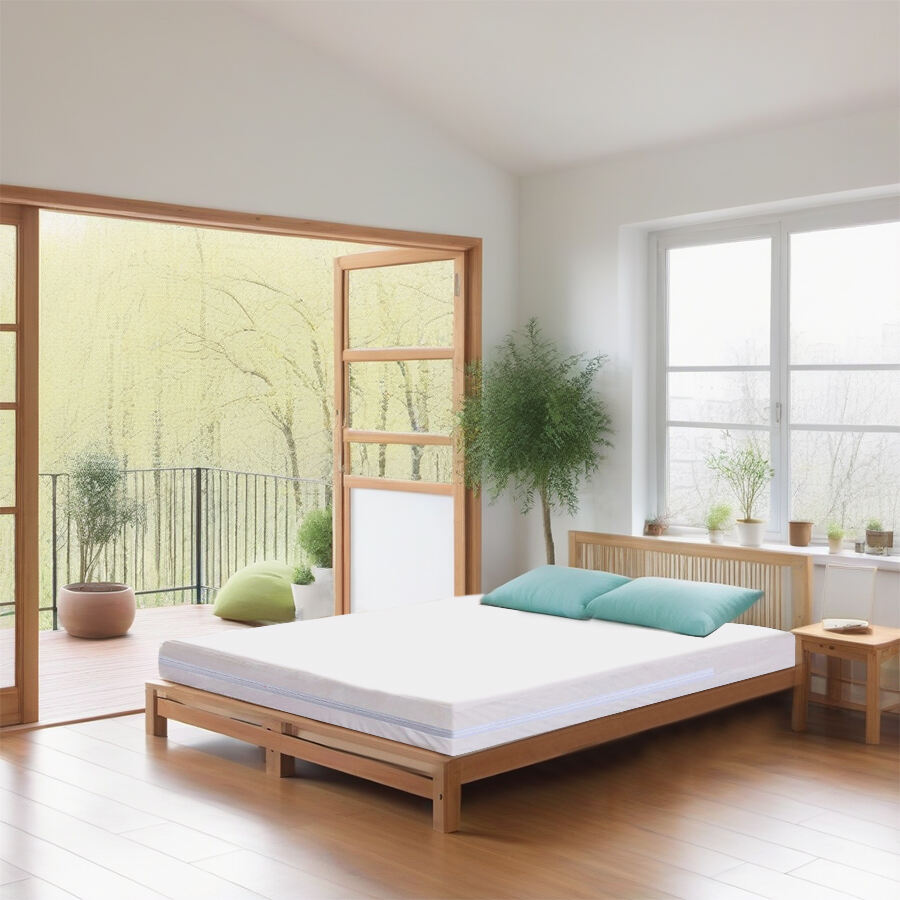
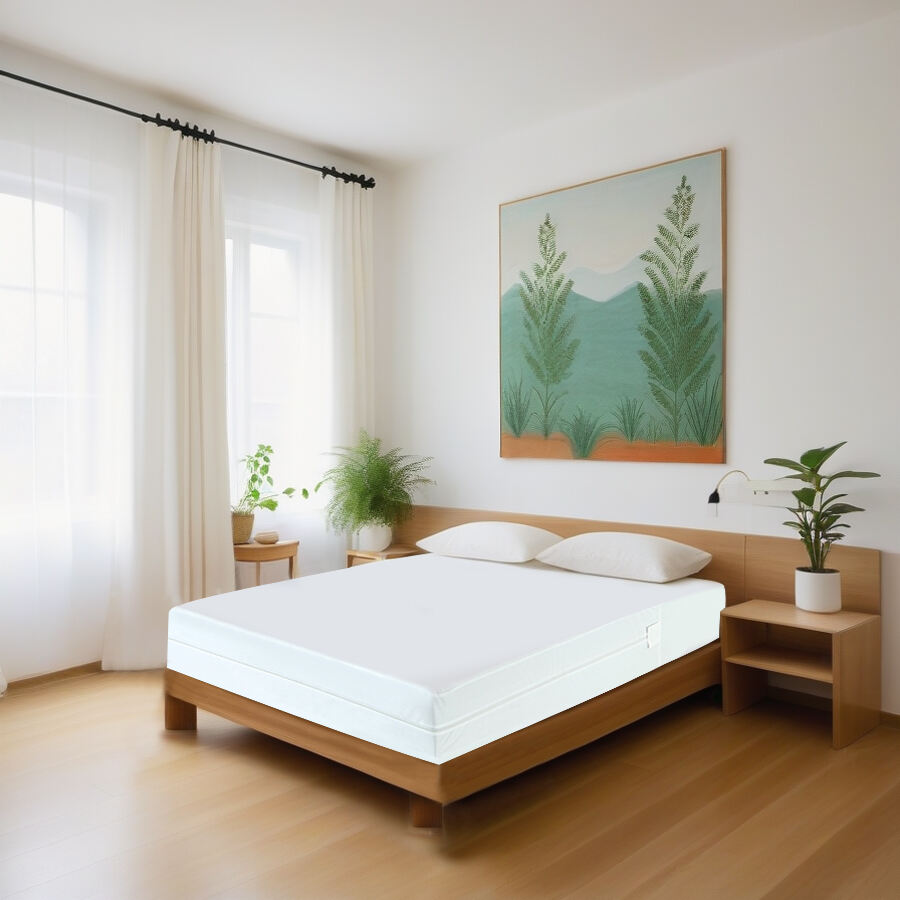



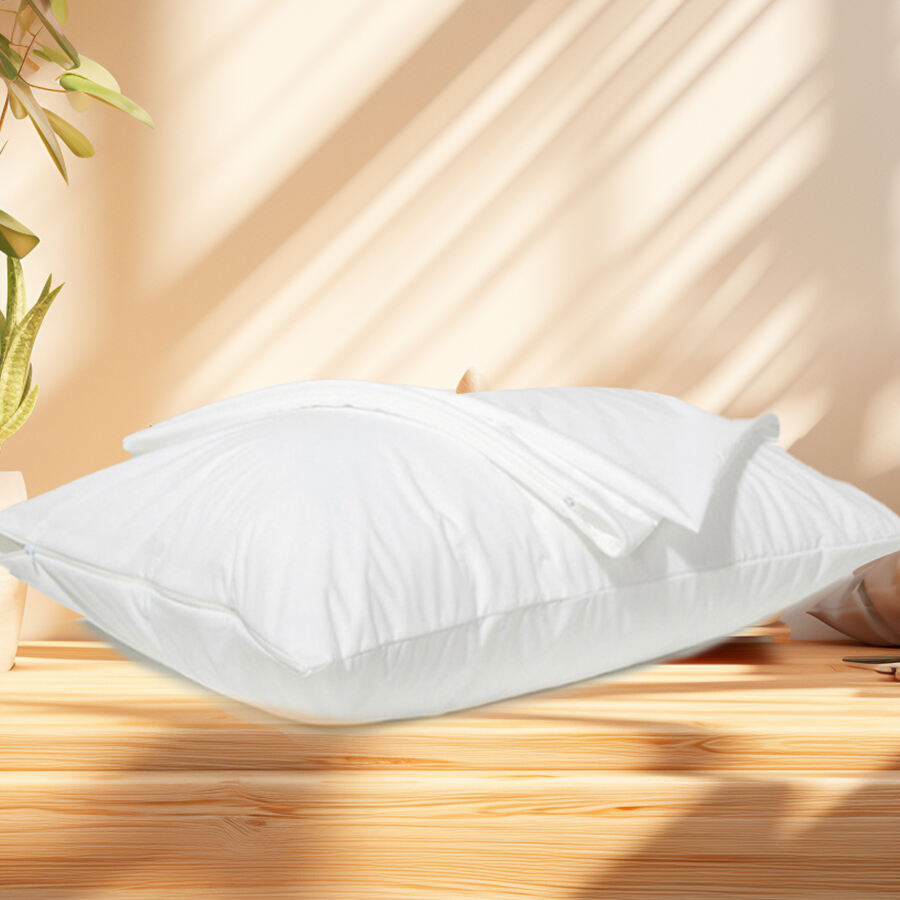













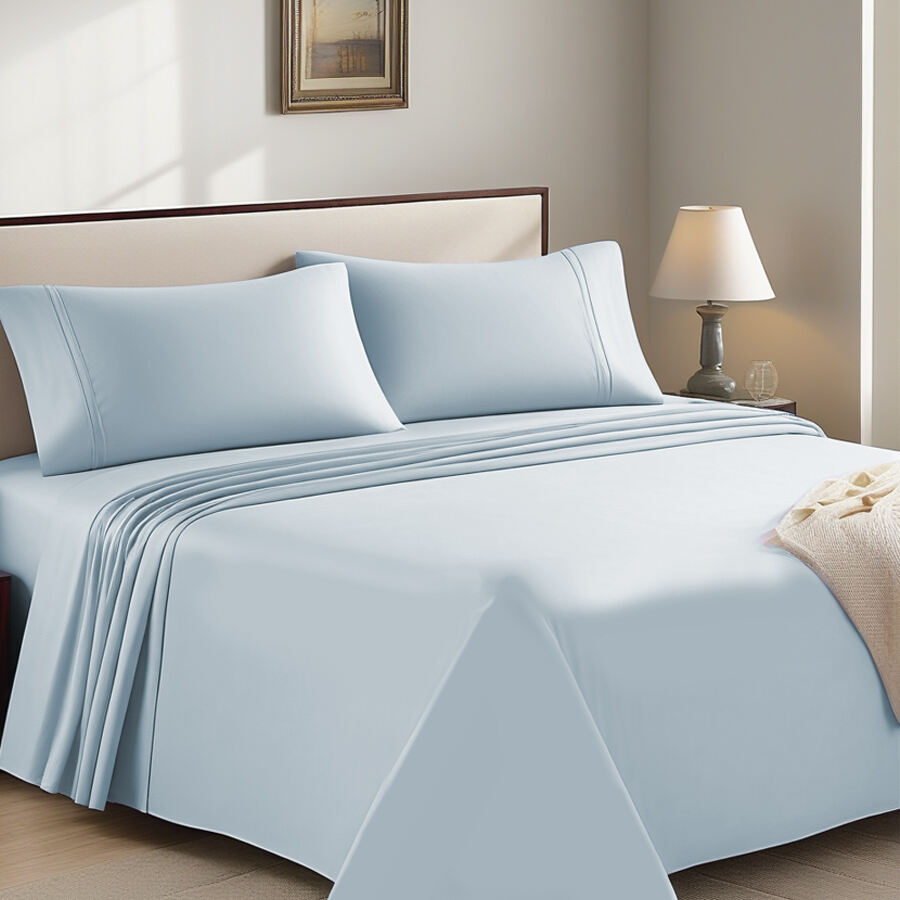


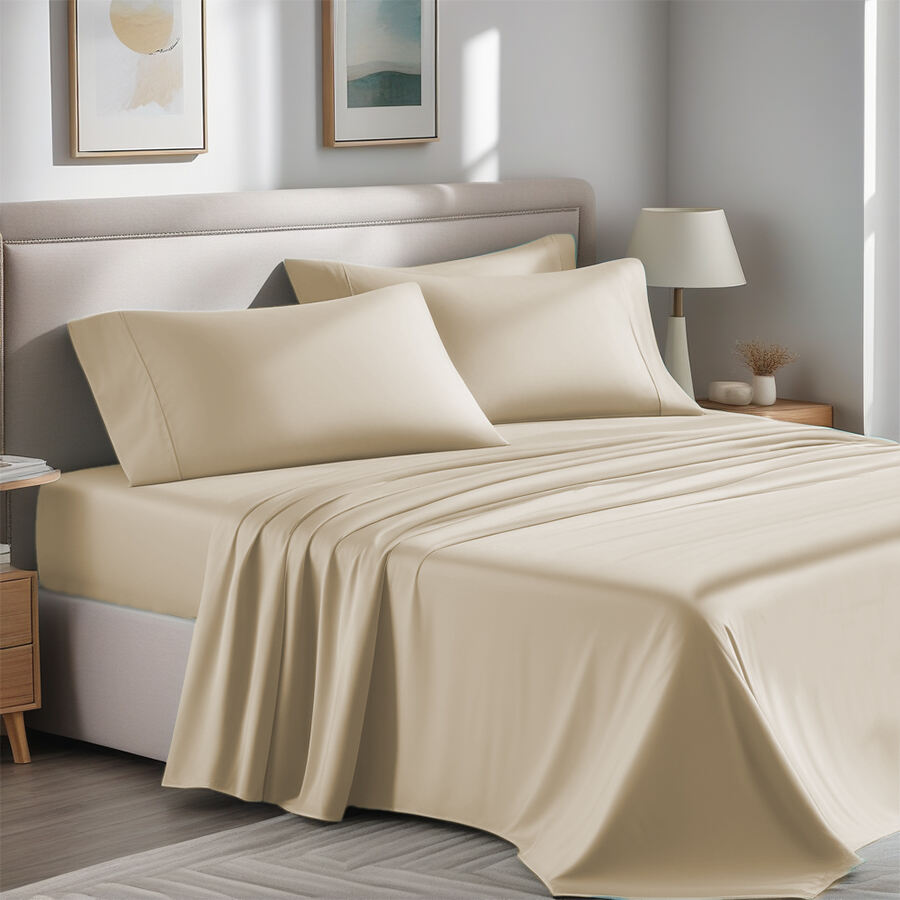




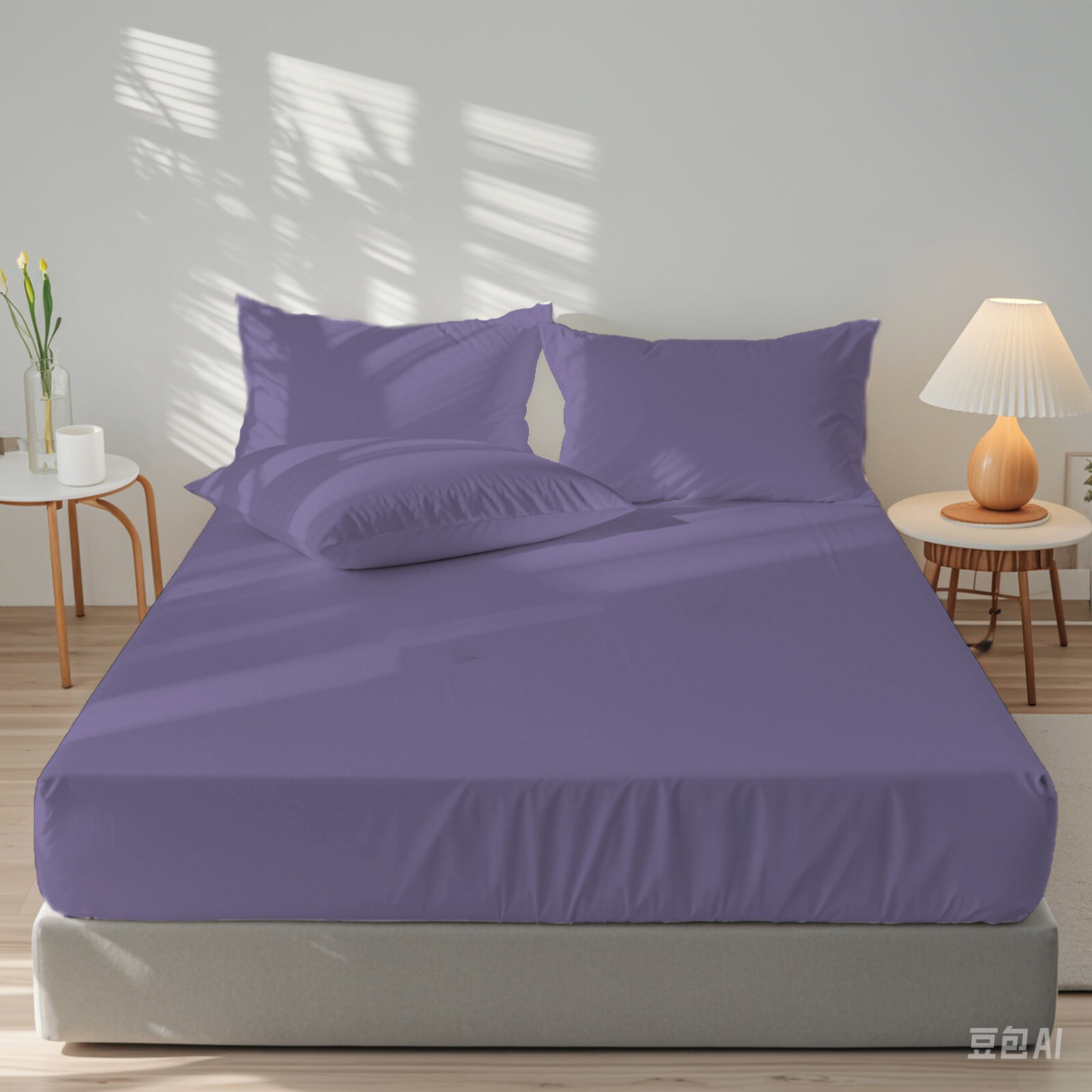

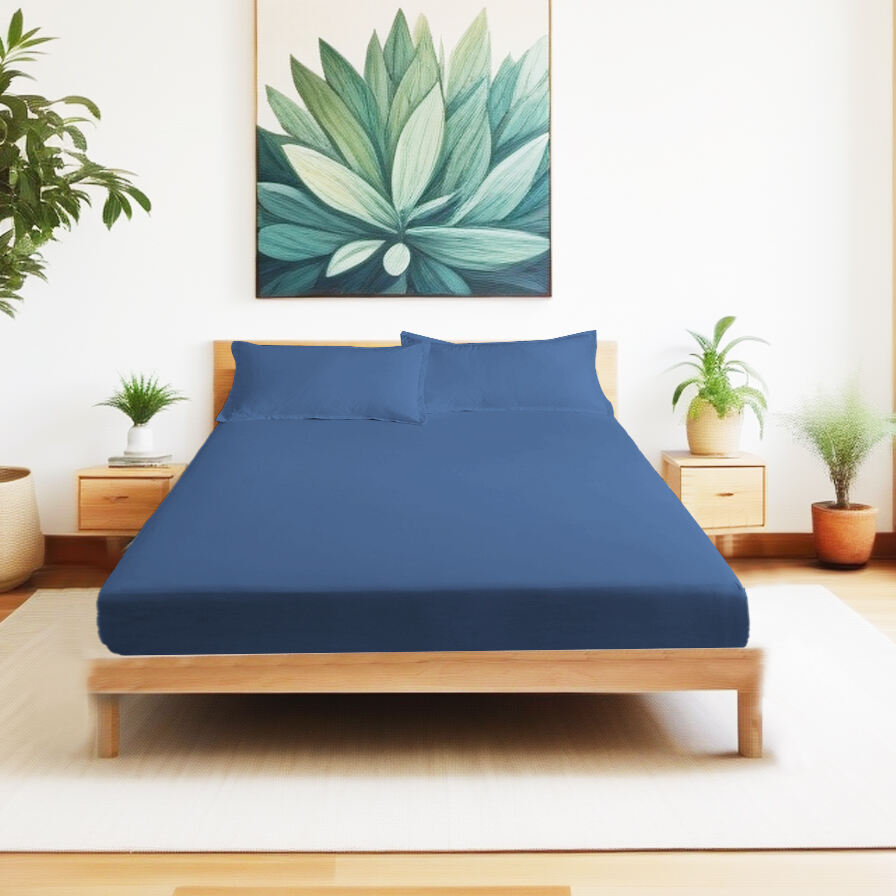

 EN
EN
 AR
AR HR
HR DA
DA NL
NL FR
FR DE
DE EL
EL IT
IT JA
JA KO
KO NO
NO PL
PL PT
PT RU
RU ES
ES SV
SV IW
IW VI
VI HU
HU TR
TR AF
AF MS
MS GA
GA